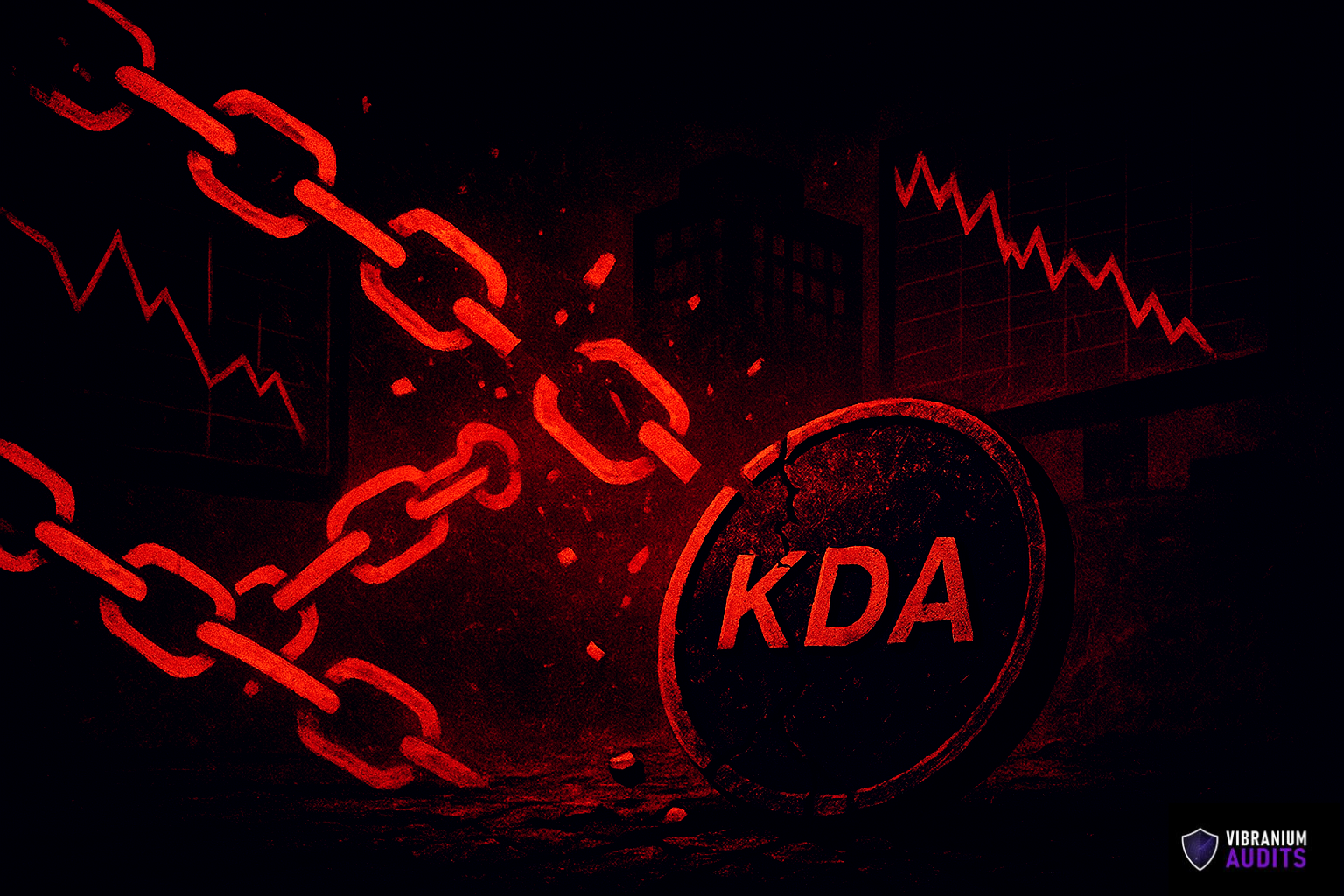Blockchain nodes, the backbone of any blockchain network, are repositories of critical data and software governing the network's operations. Their significance makes them prime targets for attackers, necessitating a robust security approach. In this guide, we delve into node security fundamentals, explore common attack vectors, and provide essential tips for safeguarding blockchain nodes.
Overview
Blockchain nodes are the foundational elements of a decentralized network, running on diverse infrastructures, including cloud-native, on-premise, or hybrid setups. Serving as participants in the blockchain network, nodes play a crucial role in creating and broadcasting transactions. Miners, integral to the validation process, contribute to consensus, ensuring the integrity of the blockchain.
Transactions are tamper-proof, secured by unique cryptographic fingerprints associated with each block. Nodes maintain consensus, preventing nefarious activities and ensuring the chain's correctness.
Node Attack Vectors
Blockchain nodes face diverse vulnerabilities, including those outlined in the OWASP Top 10 for web applications. Examples include misconfigurations leading to significant losses, such as the $20 million Ethereum theft due to misconfigured wallets.
- DDoS Attacks: Distributed Denial of Service attacks aim to disable blockchain nodes, causing network vulnerabilities. Transaction flooding, as seen in the Solana network incident, can overwhelm nodes, leading to crashes and network instability.
- Malicious Transactions: Blockchains, designed to process untrusted data, are susceptible to transactions exploiting software vulnerabilities. Malicious transactions can cause nodes to crash or grant attackers control.
- Malware: Nodes are susceptible to malware targeting private key theft, address substitution, traffic filtering, and mining for cryptocurrency.
Blockchain Node Vulnerabilities & Attacks
Specific vulnerabilities include 51% attacks, Sybil attacks, and routing attacks, each posing unique threats to the network's integrity.
- 51% Attacks: Bad actors gaining control of over 51% of mining power can cancel valid transactions, perform fraudulent transactions, and potentially rewrite portions of the chain.
- Sybil Attacks: Attackers create multiple fake nodes to gain control of the network and tamper with the chain.
- Routing Attacks: Exploiting vulnerabilities in routing protocols, attackers intercept data, preventing the chain from reaching consensus.
How to Protect Your Node
Applying traditional cybersecurity best practices is crucial for safeguarding blockchain nodes:
- Regularly update software and review configurations against known vulnerabilities.
- Employ antivirus software to detect and prevent malware.
- Implement a Web Application Firewall (WAF) for enhanced infrastructure protection.
- Choose a consensus algorithm like PoW or PoS to guard against specific attacks.
- Monitor mining pools and divert miners if limits are exceeded.
- Utilize secure routing protocols to prevent routing attacks.
- Vet smart contracts for bugs before production use.
- Identify and discard potential spam transactions to prevent adverse network effects.
- Conduct regular penetration tests and security audits.
- Implement Identity Access Management (IAM) and multi-factor authentication.
- Practice API security, use standard TLS, and deploy end-to-end encryption.
- Monitor node and infrastructure states, use ephemeral servers, and employ network load balancers.
- Follow Secure Software Development Life Cycle (SDLC) practices.
- Securely store private keys, avoid exposing sensitive data in public repositories, and practice code repository hygiene.
Conclusion
The security of blockchain networks relies not only on underlying code and infrastructure but also on the vigilant application of cybersecurity best practices. Continuous review, testing, and adherence to security protocols are essential for maintaining the integrity and trustworthiness of blockchain nodes.
FAQs:
Q1: What role do nodes play in a blockchain network?Nodes actively participate in creating and broadcasting transactions, ensuring the decentralized and tamper-proof nature of the blockchain.
Q2: How are blockchain nodes vulnerable to attacks?Nodes face various threats, including DDoS attacks, malicious transactions, and specific vulnerabilities like 51% attacks and Sybil attacks.
Q3: What protective measures enhance node security?Measures include regular updates, robust antivirus use, strategic consensus algorithms, secure routing protocols, and proactive measures against spam transactions.
Q4: How can nodes guard against 51% attacks?Nodes can guard against 51% attacks by implementing robust consensus algorithms and monitoring mining pools for potential anomalies.










